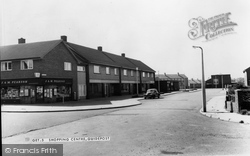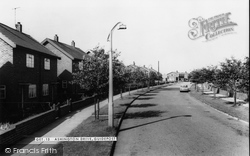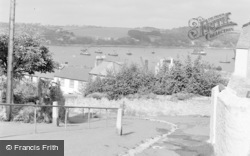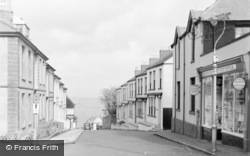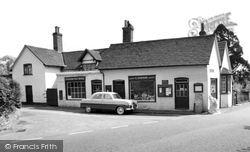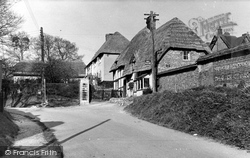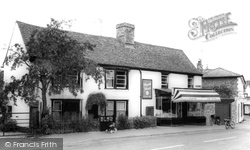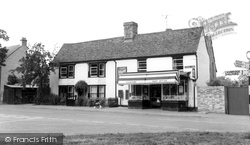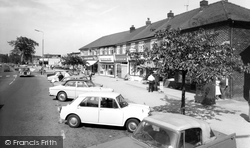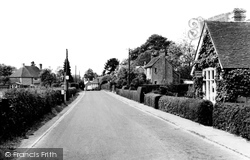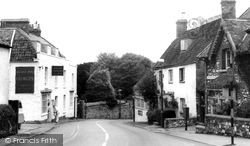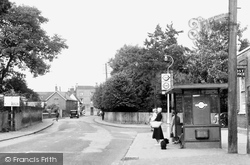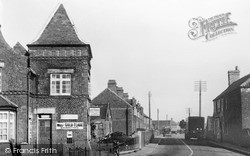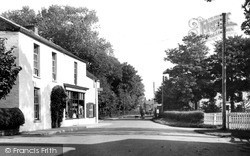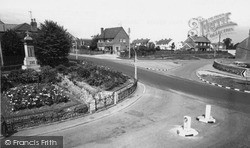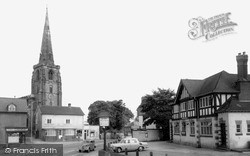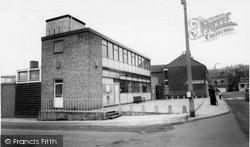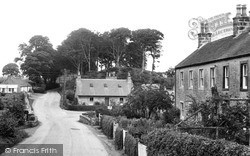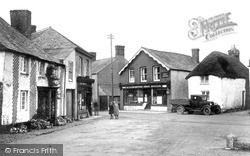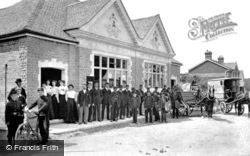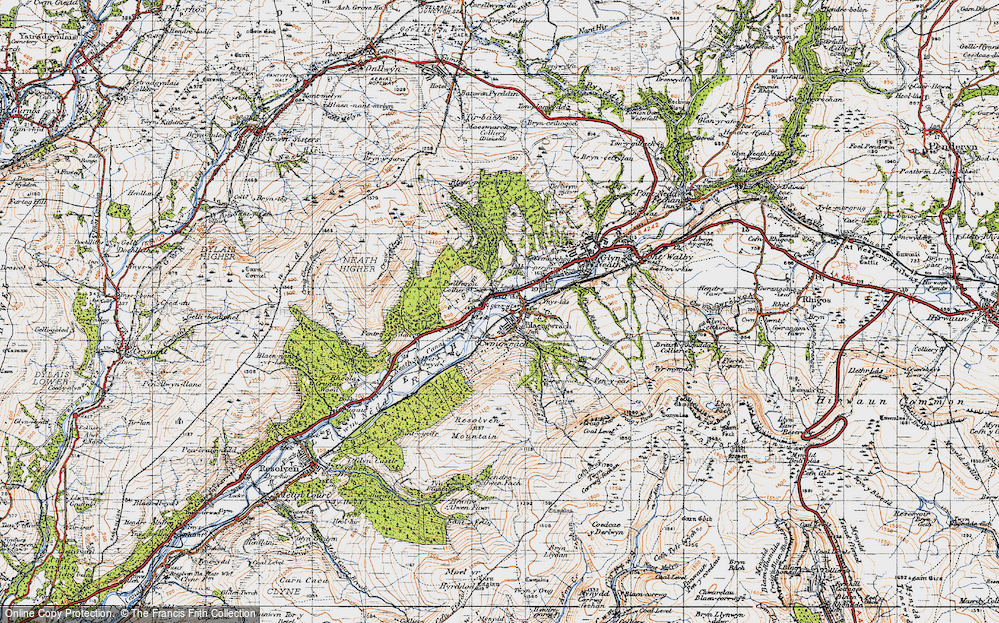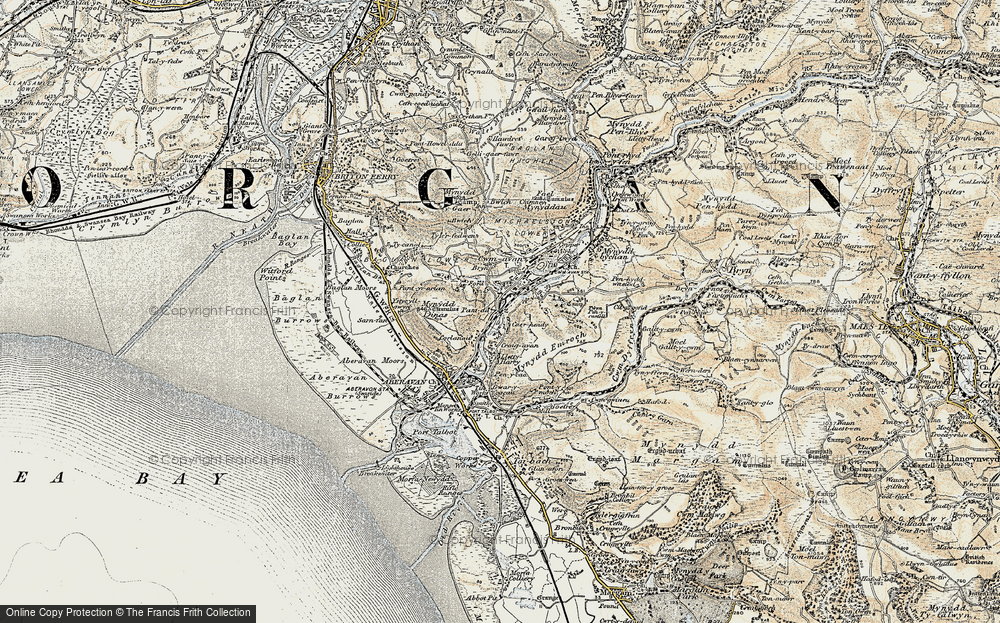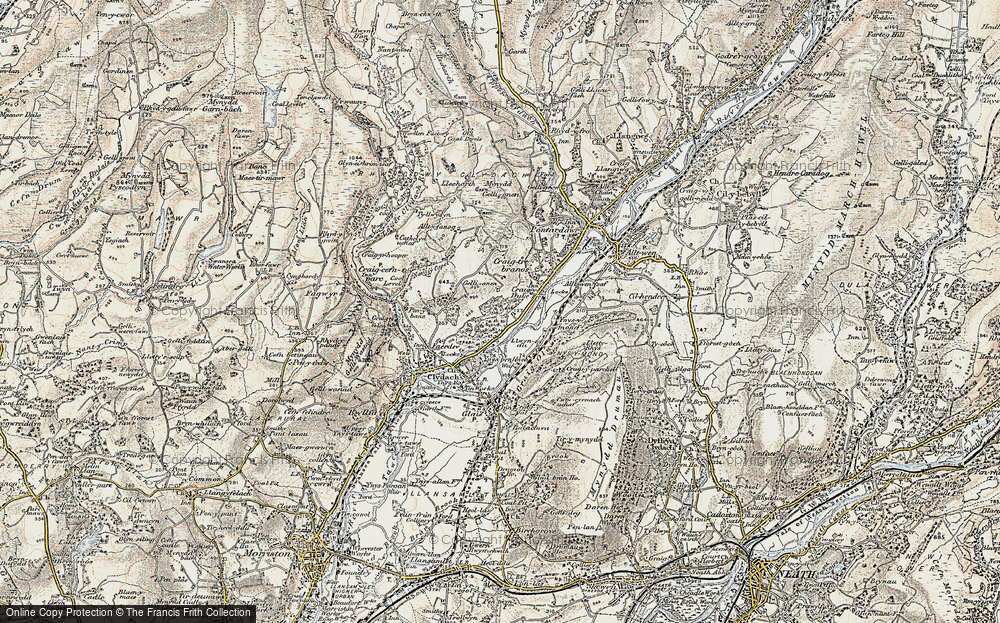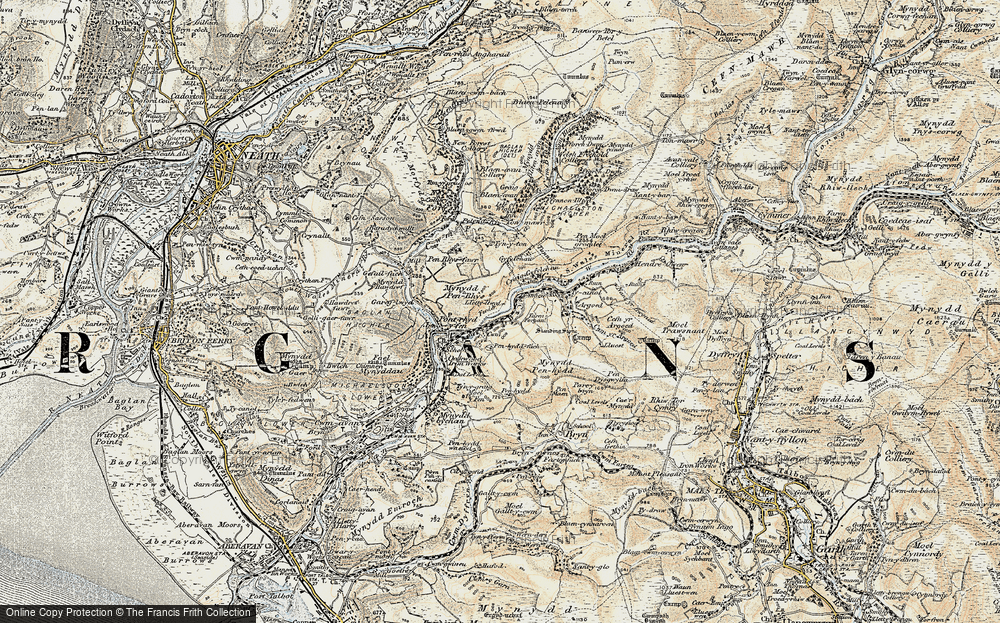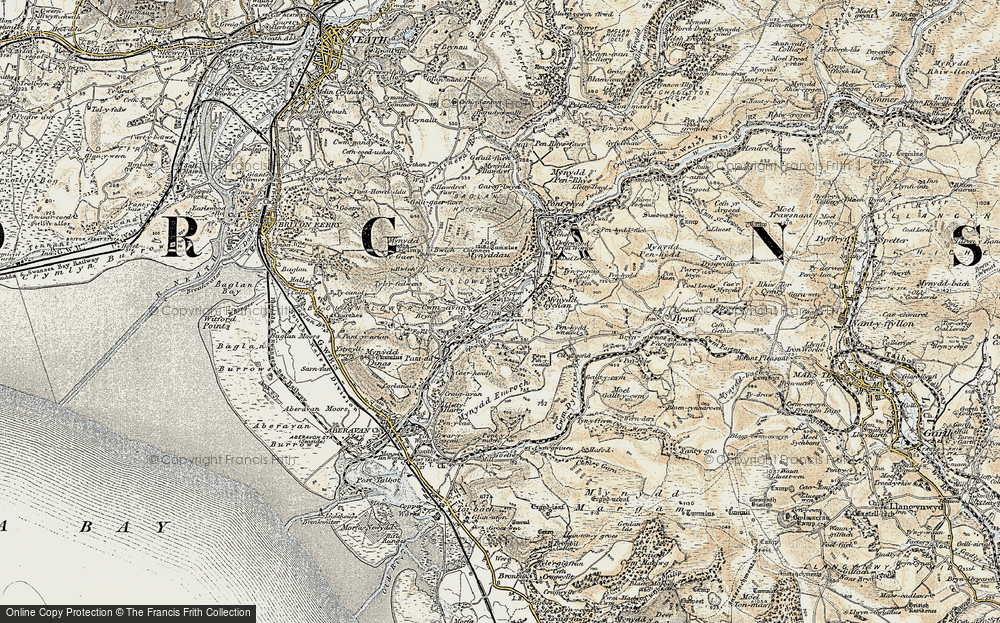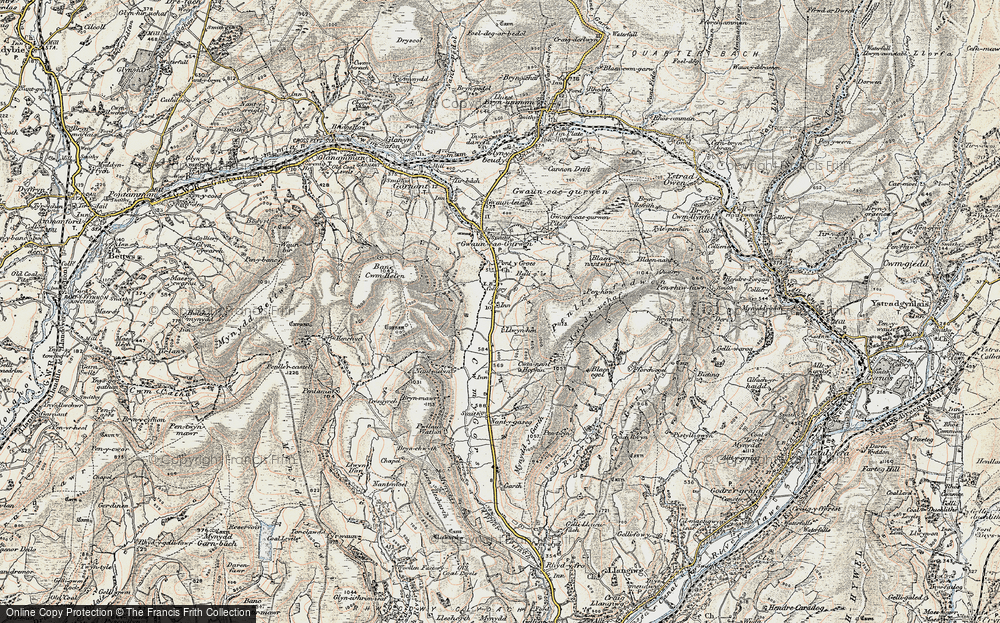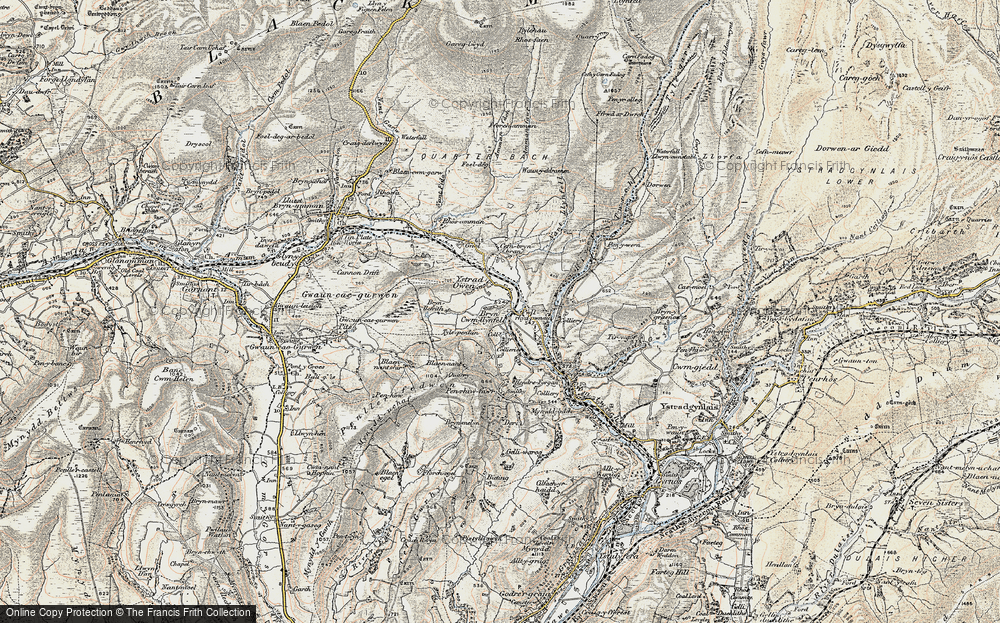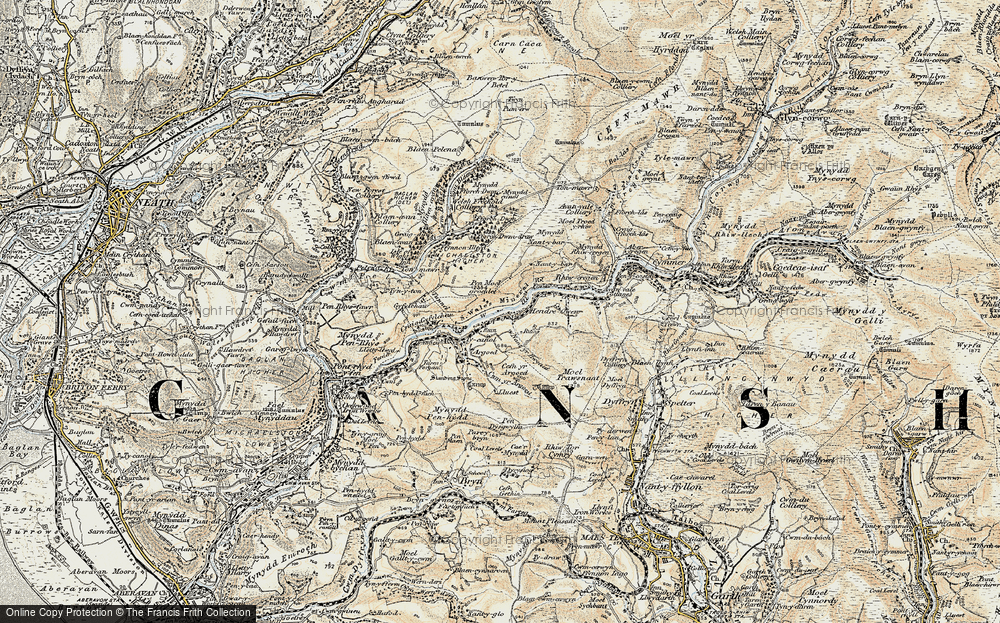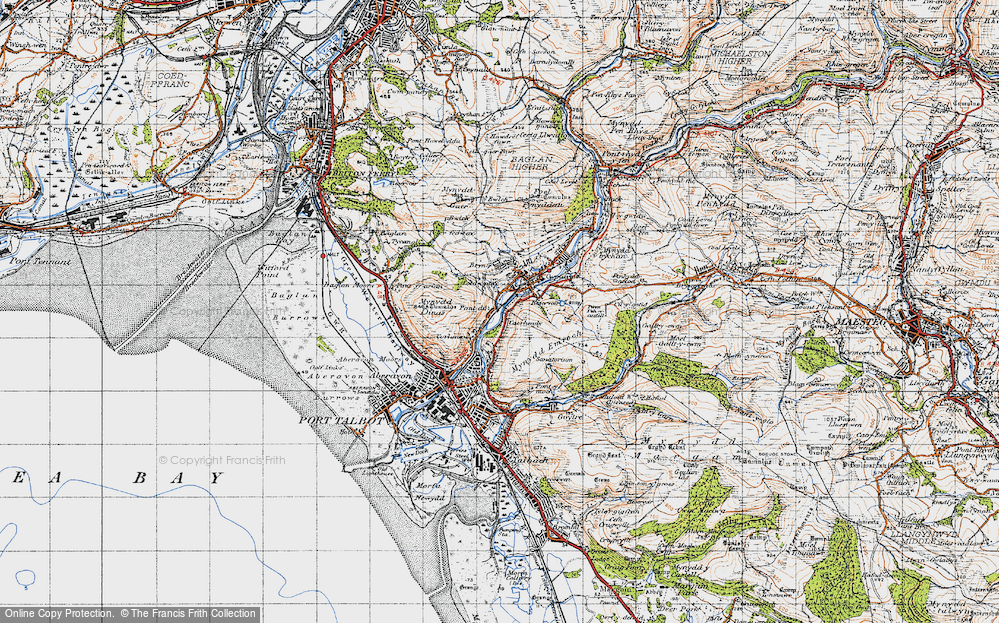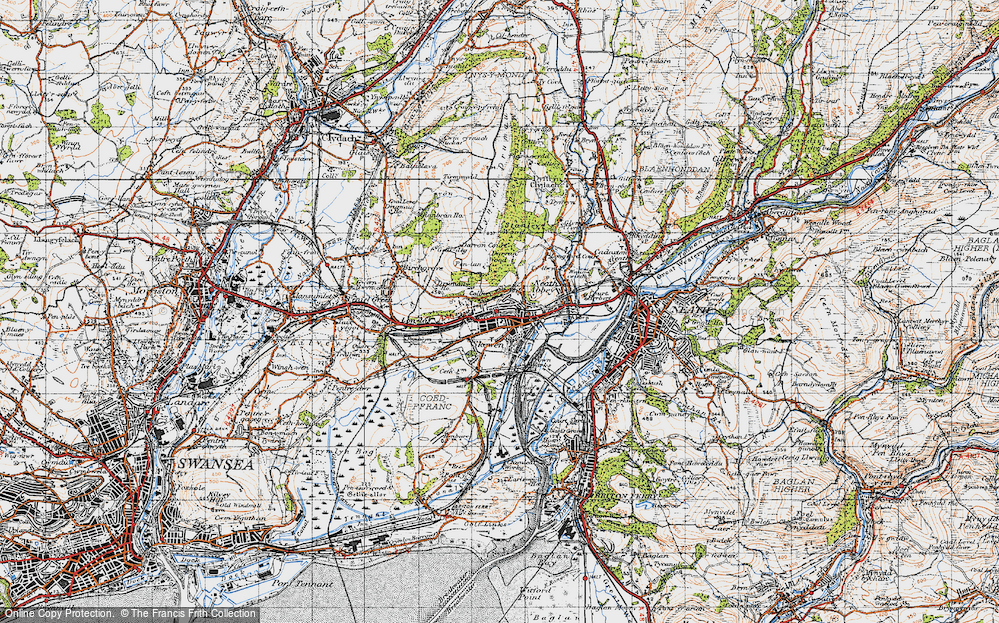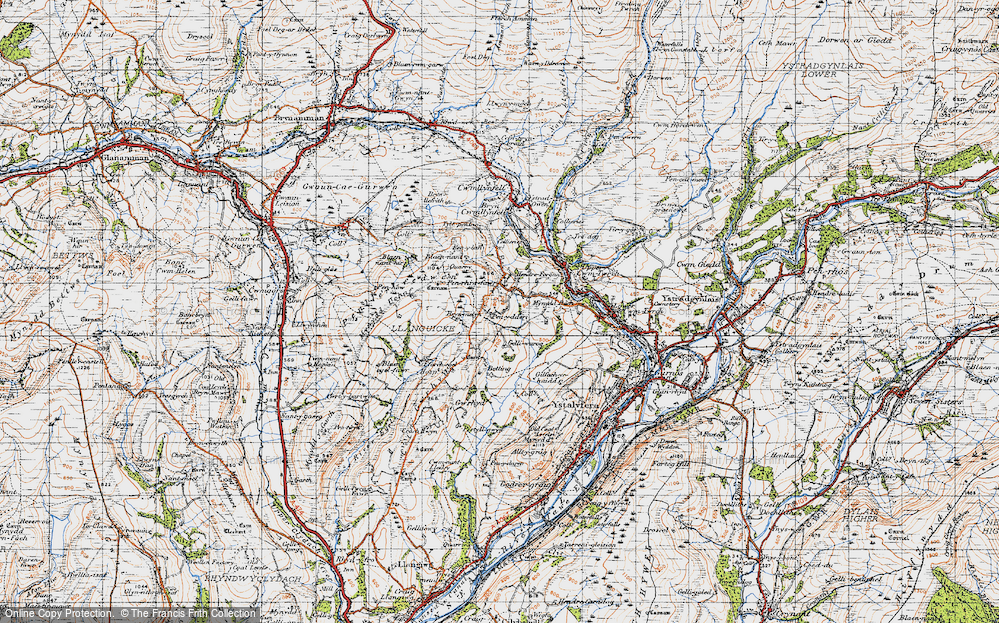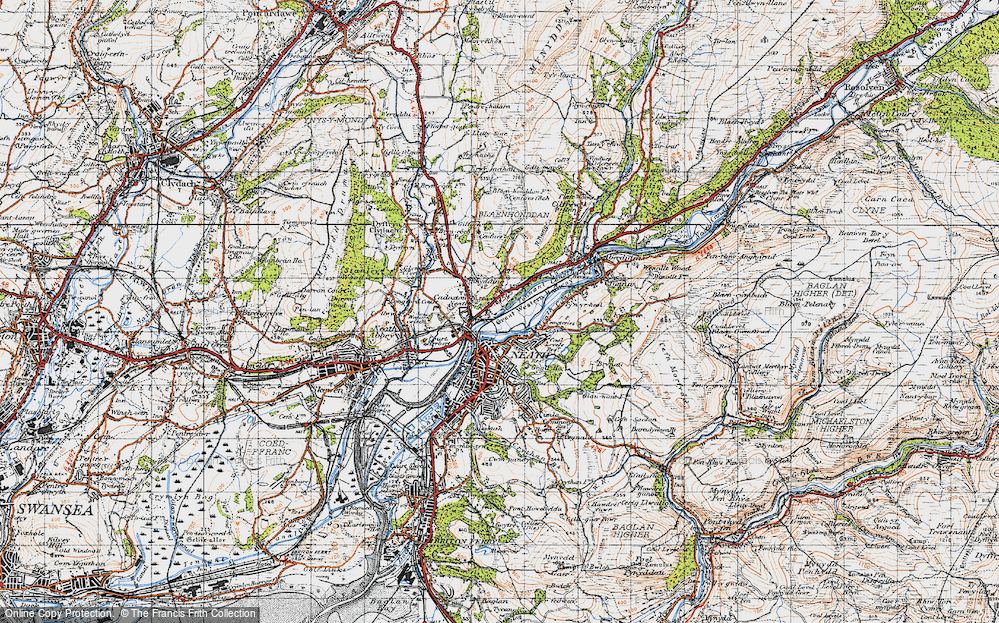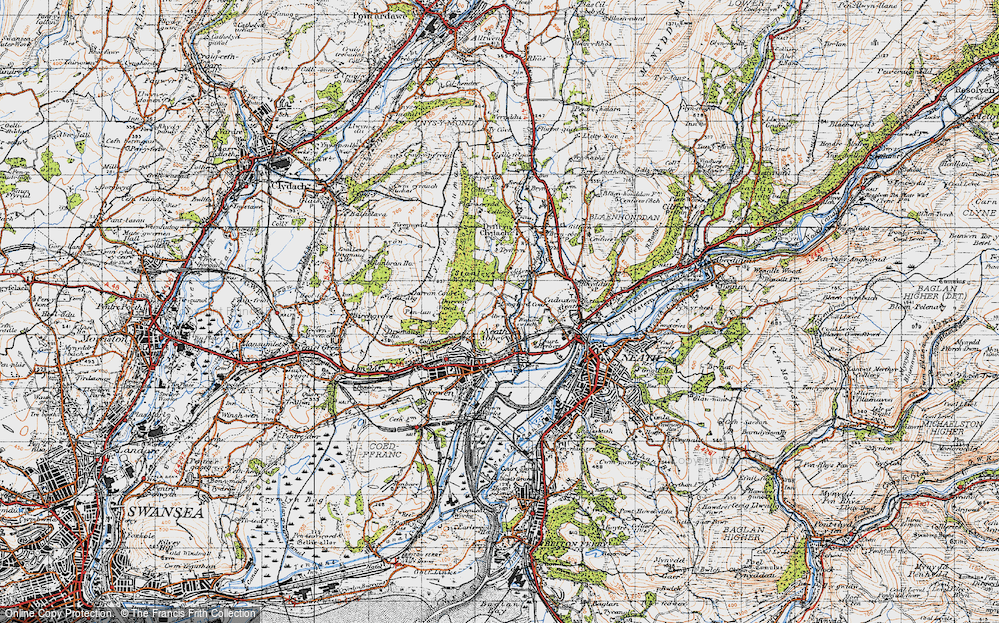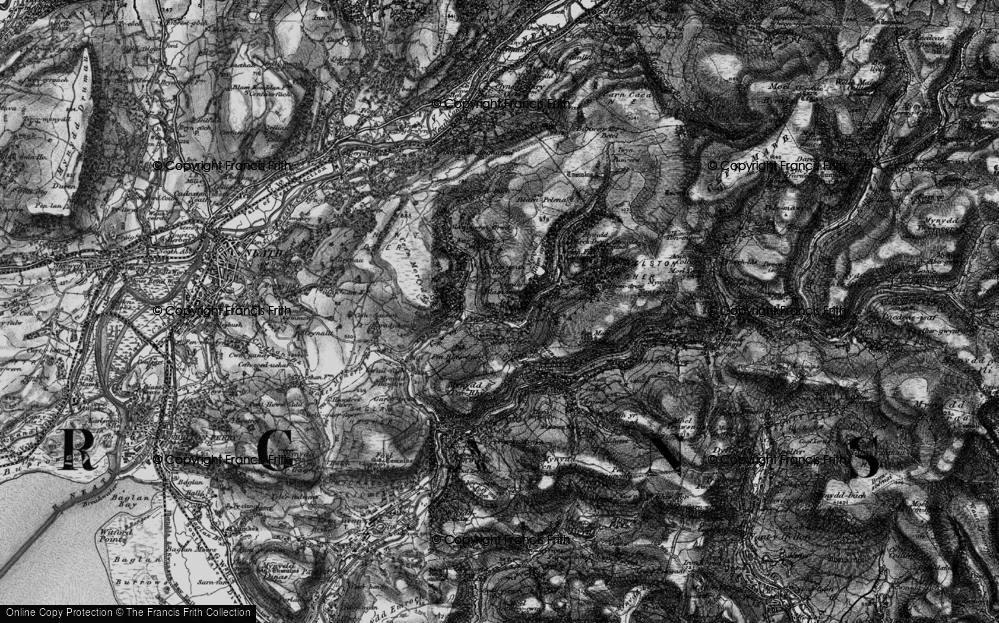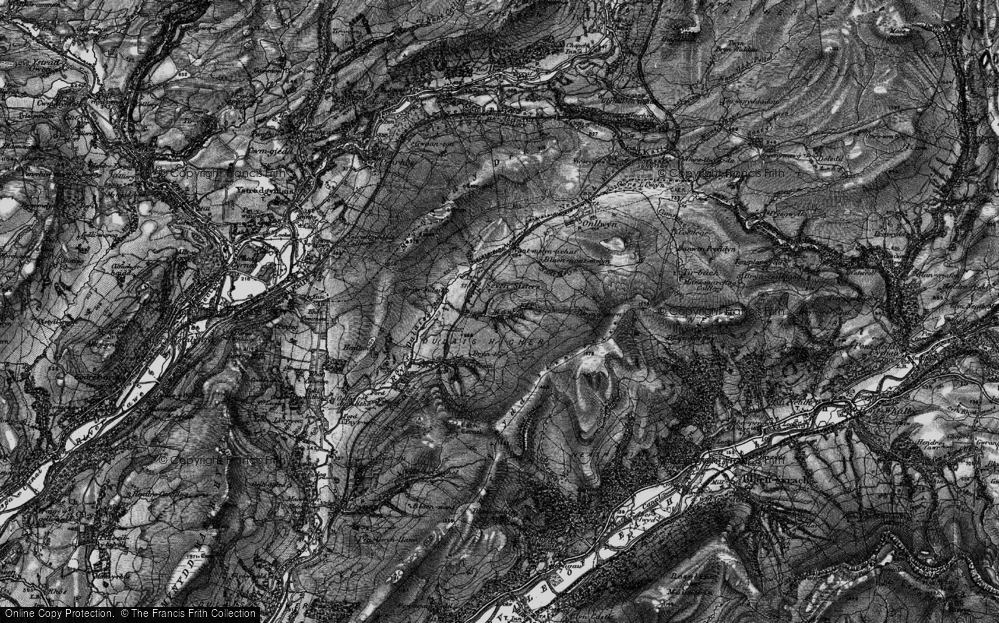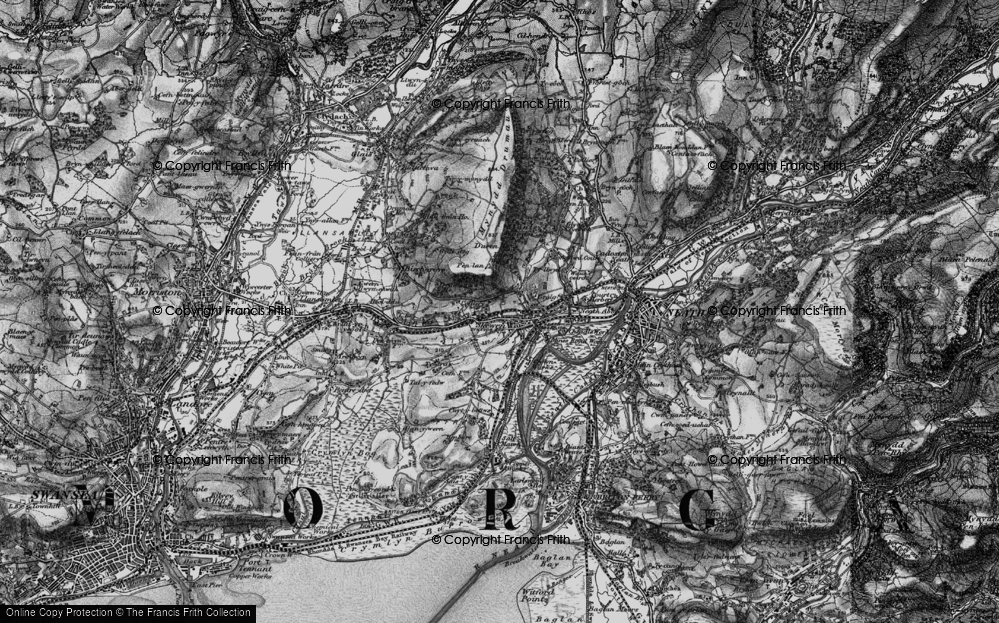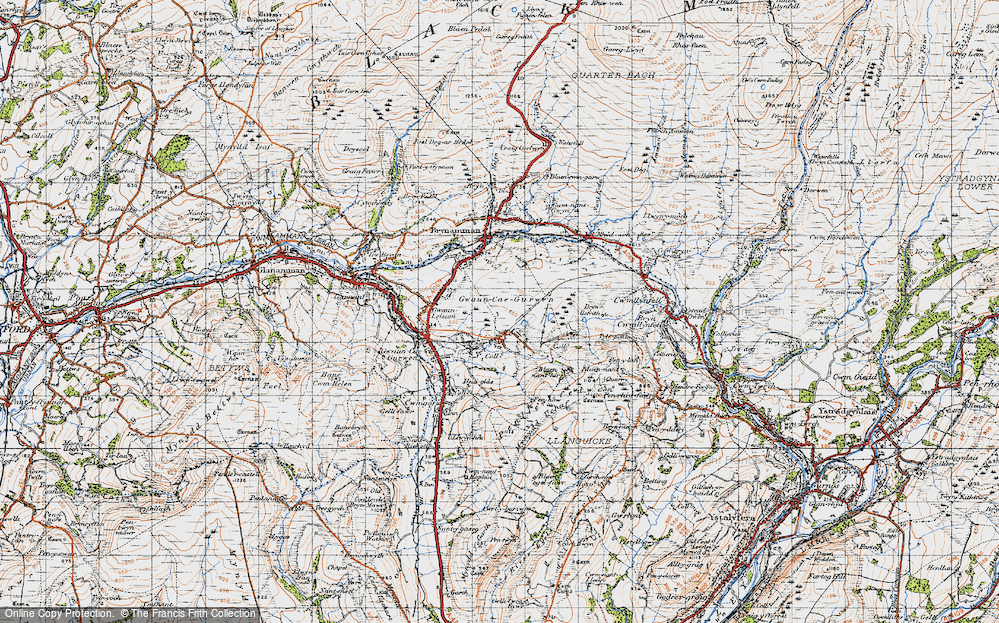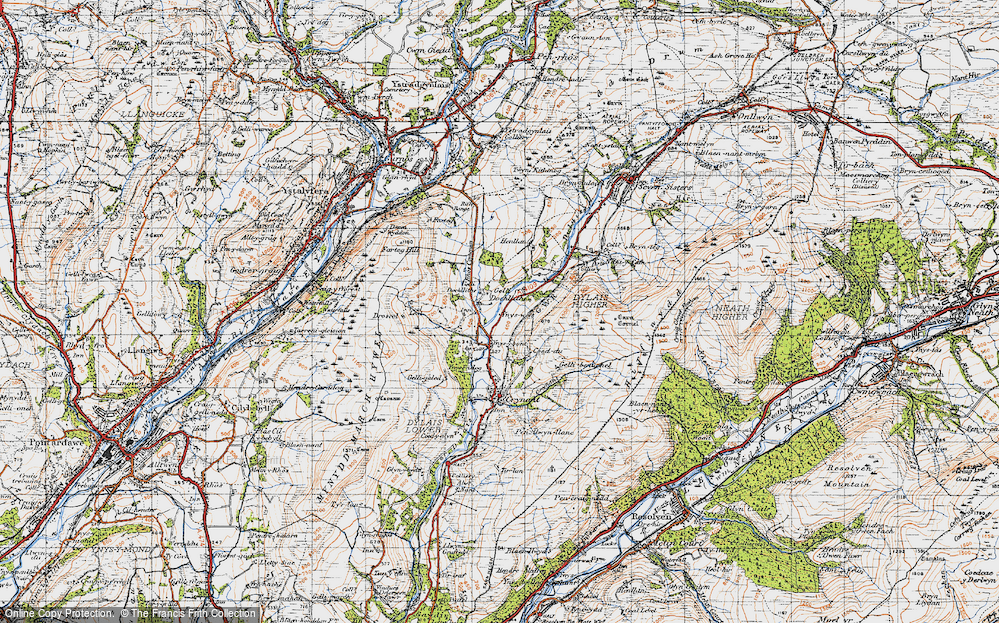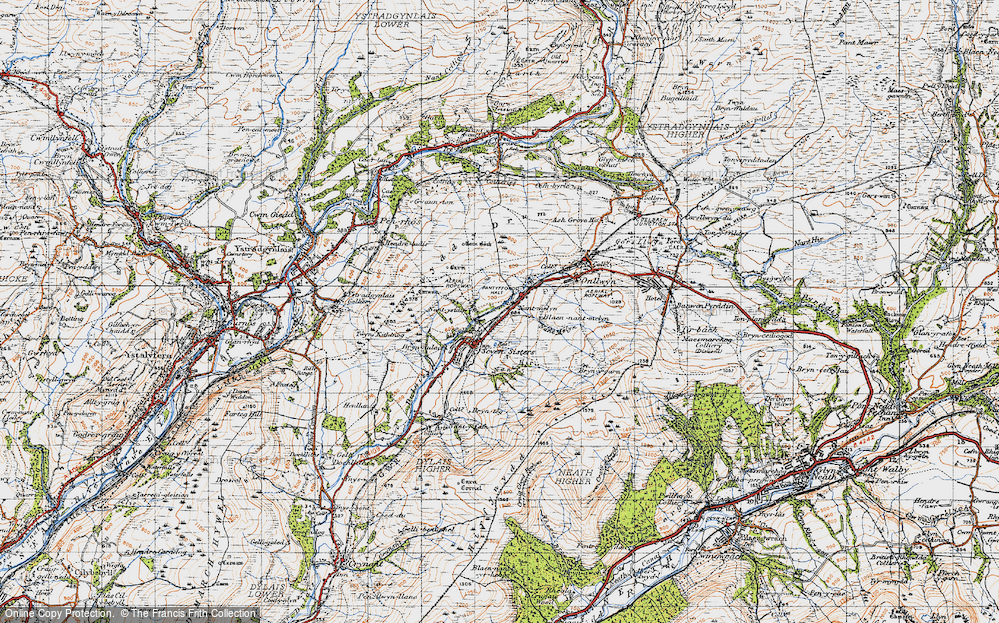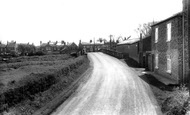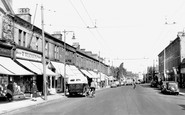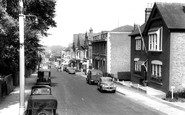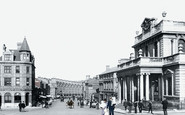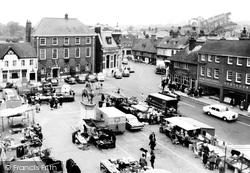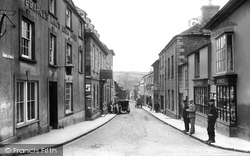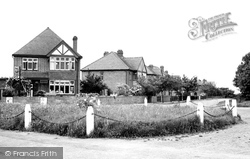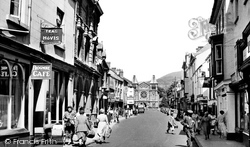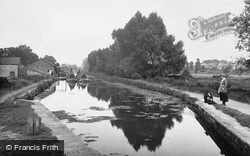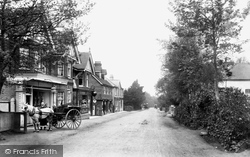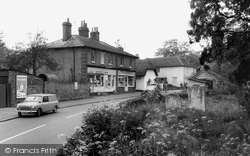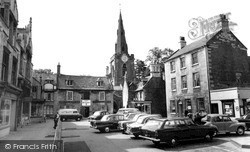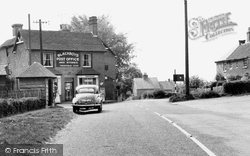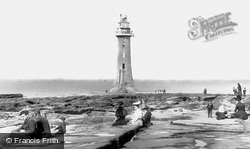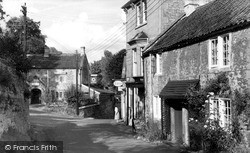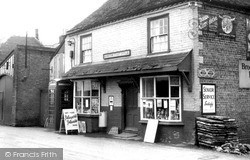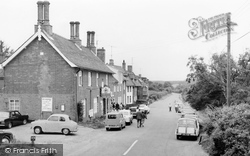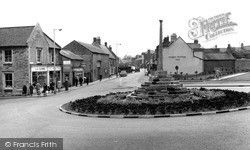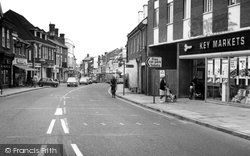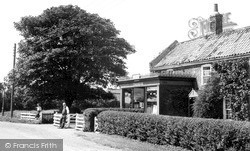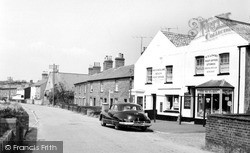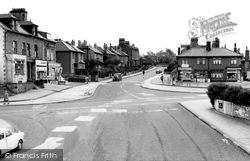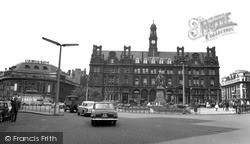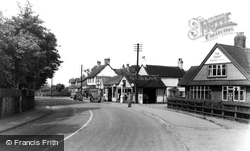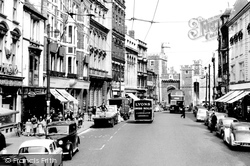Places
9 places found.
Those places high-lighted have photos. All locations may have maps, books and memories.
Photos
2,748 photos found. Showing results 621 to 640.
Maps
776 maps found.
Books
1 books found. Showing results 745 to 1.
Memories
2,736 memories found. Showing results 311 to 320.
My First School
The Anson family arrived at Strensall in 1957. My father was at the camp as a 'skill at arms' instructor until 1959 attached to the K.O.Y.L.I. I can remember the first day at school in Strensall village.I caught the bus which ...Read more
A memory of Strensall in 1957 by
Memories Of Sandy
I lived in Sandy between about 1963 and 1979 and have seen changes even in that short time. It was a fairly quiet village when we first came in spite of the adjacent A1. I went to St Swithuns school in St Neots Road, then Sandy ...Read more
A memory of Sandy by
Anyone Recognise The Surname Lejeune Or Lejaune?
My father, who is now 92, is very keen to know what happened to the girlfriend of his war service years. He has given me the name Christina Lejeune. However, he also insists it was Lejaune! His ...Read more
A memory of New Malden in 1945 by
Those Were The Days
I remember Gosforth High Street as a being a fun place with all the great shops; the Toy Cupboard now Robinsons, the photography shop, there was Maynards the sweet shop, Boydelles the toy shop, and Moods which was a gift shop. ...Read more
A memory of Gosforth in 1969 by
Inholmes
My aunt and uncle became the caretakers at Inholmes after it was converted to offices. I remember the magnificent staircase which had a huge eagle as a newel post. The range in the kitchen was the biggest I have ever seen, and the ...Read more
A memory of Burgess Hill in 1952
Boltro Road Businesses
I remember from the mid 1970's I was planning to have a career as a Town Planner (ended up training as an RMN at St Francis) and was always writing studies on post war Haywards Heath. Needless to say, I was delighted ...Read more
A memory of Haywards Heath by
Post War Crays Hill And Four Gables
After WW2 my father started a rabbit farm - for food and fur - at 'Four Gables' Crays Hill. I remember it was down a lane to the right from the main road, if you were going to Billericay. I went to the ...Read more
A memory of Crays Hill in 1940 by
Post Office
I vaguely remember being taken into the Post Office. I was aware that my father held me and I was corrected as I wanted to take the pen out of his top pocket whilst waiting for my mother. I remember it as being very large and spacious.
A memory of Norwich in 1962 by
Visiting Needham Market In The 1970s
My sister and I used to visit my three uncles each Sunday. They all were unmarried and lived in the family house in The Causeway. Not having children of their own, they doted on us girls and spoilt us ...Read more
A memory of Needham Market by
Captions
1,653 captions found. Showing results 745 to 768.
The entrance to the post office has moved one window to the left.
A small group of children seems to be attracted by an early motor car, while a Hovis delivery cart waits just past the Town Arms.
But the Post Office still occupies this same house, even if it is much modernised and extended. Sadly, the little circle of grass has long since fallen victim to the demands of modern traffic.
On the right, next to the last parked vehicle, was the town's main post office before the current one was built in St John's Square.
The wooden stumps (bottom left) are known as strapping posts, and were used to tie up boats. Their state in this view appears to be somewhat poor.
Nine years before it was taken, a young Flora Thompson, who wrote the trilogy 'Lark Rise to Candleford', came to Grayshott to work at the post office.
Next to the Post Office, Snow's the butchers were well- known for their Piggy Porker Sausages and, indeed, used to advertise them on the side of their delivery-van.
Next to the post office the Old Shambles has lost its battlements, even so Steward's shop is surviving below.
The village also had a well-known post-type windmill, which was sited by the main road.The 14th-century Blackboys Inn has been recently restored after fire damage.
Judging by the slogan on the rectory wall, not everyone was happy with the post-war Conservative government.
It became known as Perch Rock Lighthouse because the reef of rock on which it stands (seen here at low tide) once had a post or 'perch' placed on it to warn shipping of its location.
Further down this lane, the centre of Lower Limpley Stoke is reached, with the Hop Pole Inn on the left, the post office and village shop on the right, and the garage beyond, although the Esso sign has
With its wall-mounted Victorian letterbox, modern telephone box, and window display of assorted goods, this little post office was of central importance to the daily lives of the inhabitants of this small
The next three cottages, including the former post office, are dated 1770, but they may be older. At the end is the Museum in the former Victorian Reading Room.
The National Provincial Bank on the right is now the post office, while the shops on the left have since been demolished to make way for a car park.
A new, bigger post office lies between them. Hence the focus of the town was gradually moved.
Next to the post office, Snow's the butchers were well-known for their Piggy Porker sausages - indeed, they used to advertise them on the side of their delivery-van.
Trusthorpe Post Office is on the road to Thorpe, and is in a late Victorian projection from the left bay of a late 18th-century small farmhouse.
Trusthorpe Post Office is on the road to Thorpe, and is in a late Victorian projection from the left bay of a late 18th-century small farmhouse.
On the left side of Ceylon House is the post office and to the right the grocer's and provision's shop, both run by William Lowrey. Today both businesses are in the right half of the building.
There are no yellow lines, no posts everywhere with instructions and restrictions—oh, it was such a gentle time for motor travel.
The Post Office, with its central turret, was built in 1896 by Sir Henry Tanner. It was erected on the site of the old Mixed Cloth Hall, which was opened in 1756.
The garage in the centre of the photograph has been demolished to make way for a new post office and convenience store, but the building in the foreground, the Cosey Social Club, still remains
At this time Cardiff was a city slowly emerging from the austerity of the immediate post war era.
Places (9)
Photos (2748)
Memories (2736)
Books (1)
Maps (776)


